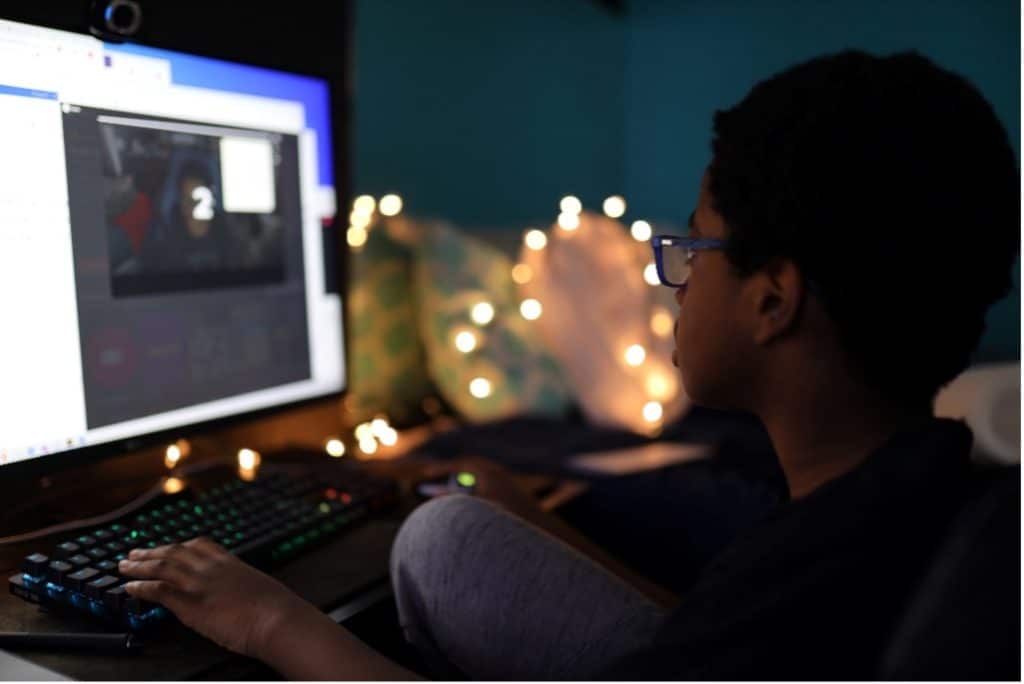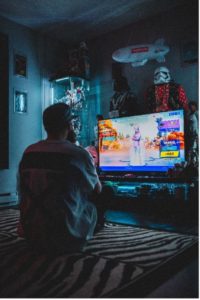With streaming platforms, we have more options for viewing television than ever before. Binge-watching television has become the norm. But how do we know what is good for our kids to watch? Bluey is a show for all ages, even adults. It first came out in Australia in 2018. Then Disney picked it up and aired it in the United States in 2019. Bluey revolves around a husband and father (Bandit), his wife (Chilli), and their two daughters (Bluey and Bingo). There are elements to the program that help with parenting and problem-solving, which we at GetKidsInternetSafe support. Our GetKidsInternetSafe courses are designed to help families connect with cooperative dialogue about screen safety. For families with young kids, our Connected Family Course helps open the lines of communication and set up your home with optimum screen safety. For tweens and teens, we recommend our Social Media Readiness Course. The Readiness Course offers information to help teens better problem-solve independently and recognize the red flags of digital injury. Today’s GKIS article covers the benefits of Bluey and the drama that surrounds the program on social media.
Bluey Portrays Engaged, Playful Parents
Dads on television are too often portrayed to be oafish, heavy-set men who act foolish. We can all think of lazy father characters married to an attractive wives they take for granted but win her over with bumbling charm. Bluey represents fatherhood in a more accurate, positive light. Bandit, the father in Bluey, can occasionally be goofy. But generally, he is a loving, caring father and husband.
Chilli is a loving wife and mother. She is also shown in an independent manner. She is unafraid to ask for some time when she needs a break and is seen going out to play field hockey with a friend. She is strong and loving to her family.
The first child of Bandit and Chili is the title character Bluey. Often children’s shows have the children trying to connive their parents. A refreshing part of the show is Bluey is not trying to get away with anything. She is an energetic child that enjoys playing and using her imagination. Like many children, she has her moments, but with the guidance of her parents, she understands her mistakes.
Bingo is the youngest of the Family. She, like many, looks up to her older sibling but is often involved in the activities. She is not a pest or an antagonist, she feels down sometimes because she may not be able to keep up, but the family often acknowledges her voice.

With the pressures of modern life, parenting can be challenging. Although technology makes us more efficient, it also adds a lot of distractions that can get in the way of healthy family relationships. In her book Screen Time in the Mean Time, Dr. Bennett reports that psychology research demonstrates that there has been a 25% decrease in child empathy. She states that parental distraction and outsourcing parenting to screen time may be major contributors to this unwanted change. She elaborates that empathy is not innate, meaning we aren’t born with it. Instead, devoted parents model empathy for their children and instruct them verbally as their kids follow along with them day to day. She proposes that Bluey models the teaching of empathy between parent and child through imaginary play. That benefits not only the kids watching Bluey but their parents too!
Bluey Tackles Challenging Topics
Like Mr. Rogers, Bluey often brings in complex and challenging topics such as coping with death and loss, working through troubling feelings, and much more.
For example, the Bluey episode Whale Watching implies the parents drank too much at a party the night before. The parents try to avoid playing with their kids but ultimately realize how vital their engagement is, resulting in them pushing through their discomfort.

Another Bluey episode, Born Yesterday, shows Bandit acting like he was just introduced to the world. The kids enjoy showing him his new surroundings and how to perform in social settings. This episode helps viewers see how much we take social norms for granted and how to explain norms to the younger generation. It also encourages us to slow down, think simply, and enjoy the little things.
Other topics that have been addressed in Bluey include
- Depression
- Fear of abandonment
- Divorce
- Taking care of your parents
- Death
- Work Ethic
Teaching essential concepts like these to kids can be challenging. A great product GKIS offers to help bring the family together is our Screen Safety Essentials Course. Our Essentials Course promotes screen safety and a cooperative and positive parent-child alliance.
Online Conspiracy Theories About Bluey
Typical of the internet, there is social media drama surrounding Bluey. For example, there is online speculation about hidden adult topics within the show. TikToker conspiracy theories about Bluey include speculation that Bluey is a rainbow baby. A rainbow baby is a child born after a miscarriage. There is also speculation that one of the grandparent characters has Alzheimer’s disease and Bingo has celiac disease. An episode was temporarily banned because Bandit passed gas in Bluey’s face, referred to as a fluffy in the show. This episode got pushback, but the real lesson was about being honest and not trying to be sneaky. After viewers and parents realized this, the episode was placed back into the show’s streaming library.
If you find it difficult to play with your kids or integrate challenging topics into play, get your friends together and schedule an online parenting workshop with Dr. Bennett.
Thanks to CSUCI intern Keith Ferries for researching and writing this family-friendly article.
I’m the mom psychologist who will help you GetKidsInternetSafe.
Onward to More Awesome Parenting,
Tracy S. Bennett, Ph.D.
Mom, Clinical Psychologist, CSUCI Adjunct Faculty
GetKidsInternetSafe.com
Photo Credits
[1] August de Richelieu https://www.pexels.com/@augsst-de-richelieu/ [2] Cottonbro Studio https://www.pexels.com/photo/girl-in-red-dress-playing-a-wooden-blocks-3662667/ [3] RODNAE Productions https://www.pexels.com/photo/young-family-talking-to-their-parents-6148875/








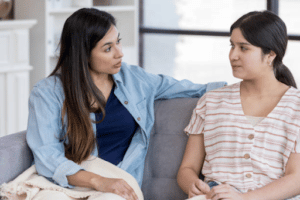

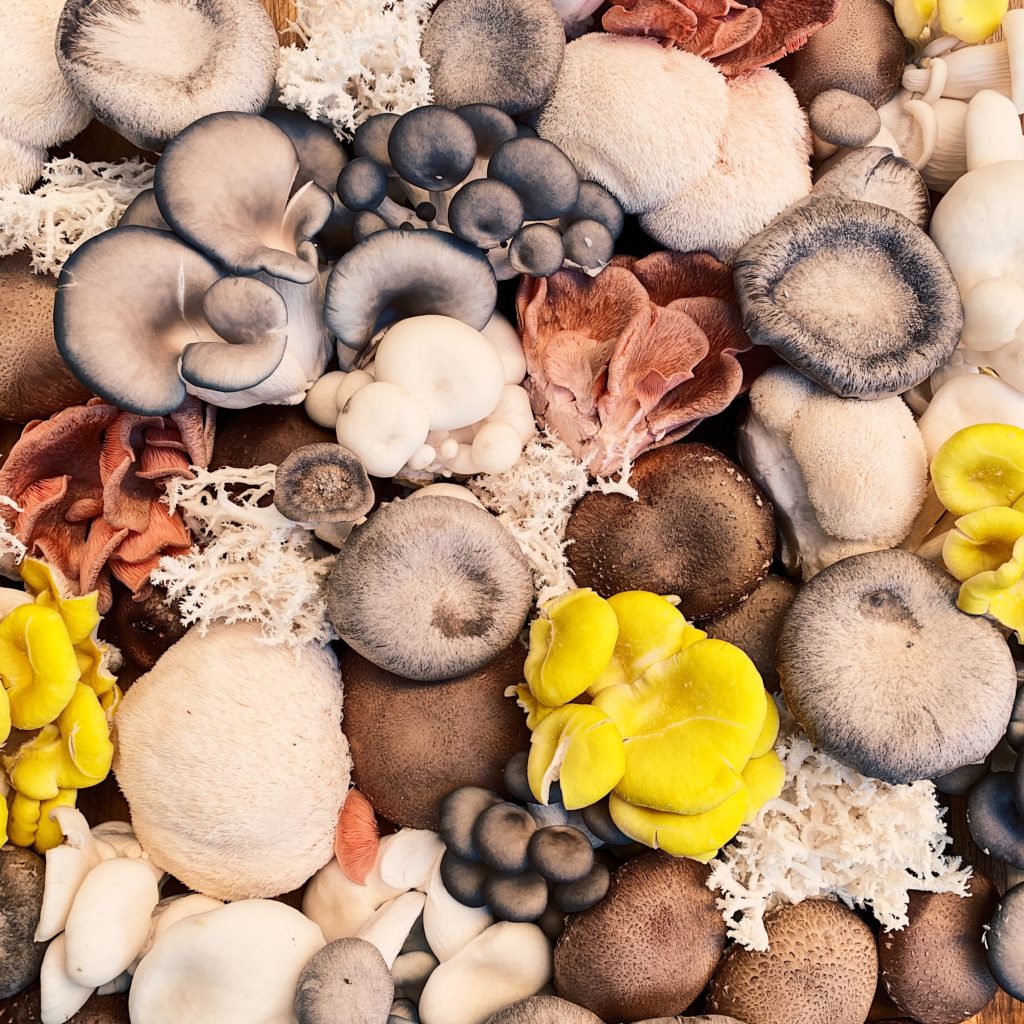







 A Good and Bad Influence(er)
A Good and Bad Influence(er)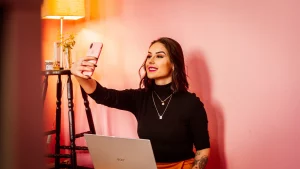 Negative Impacts of Social Media Influencers
Negative Impacts of Social Media Influencers

